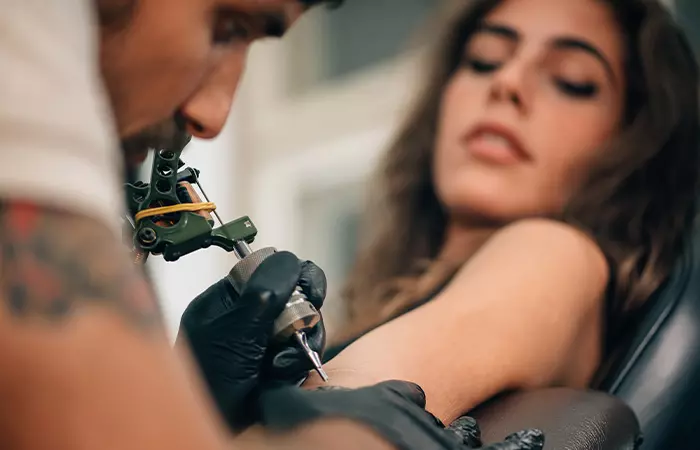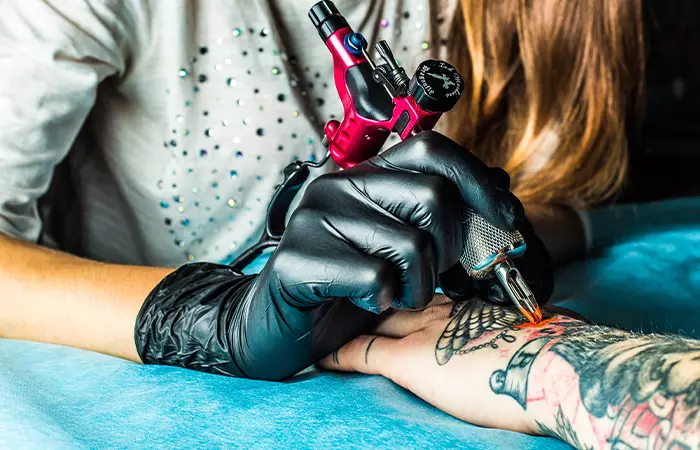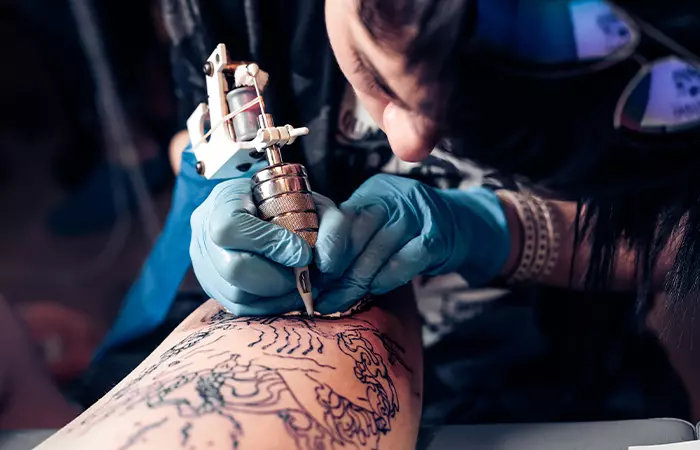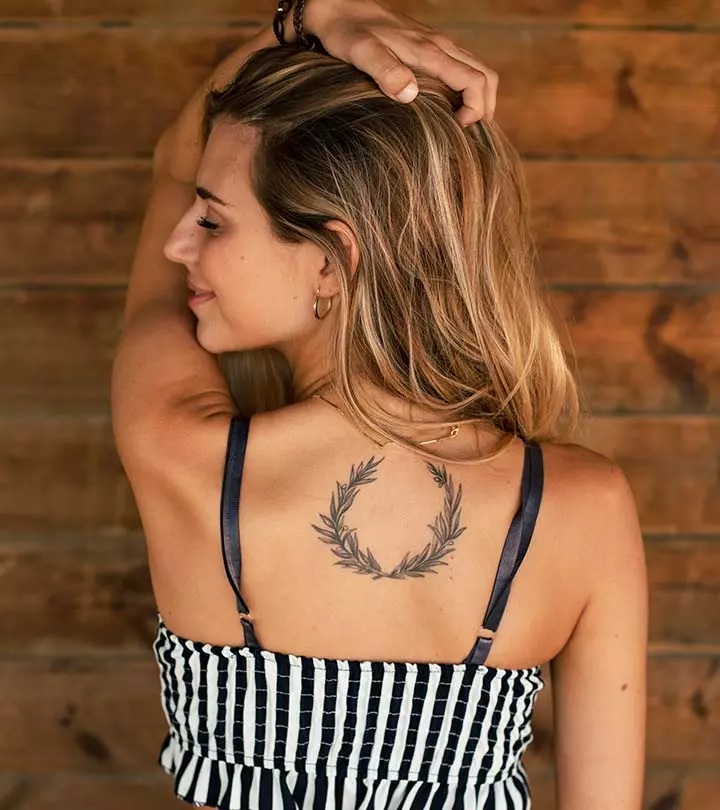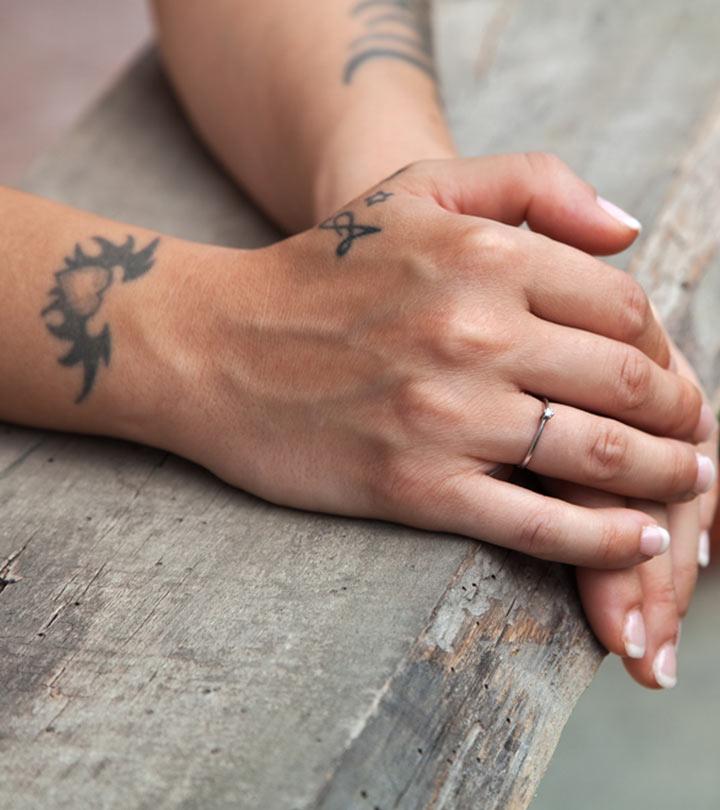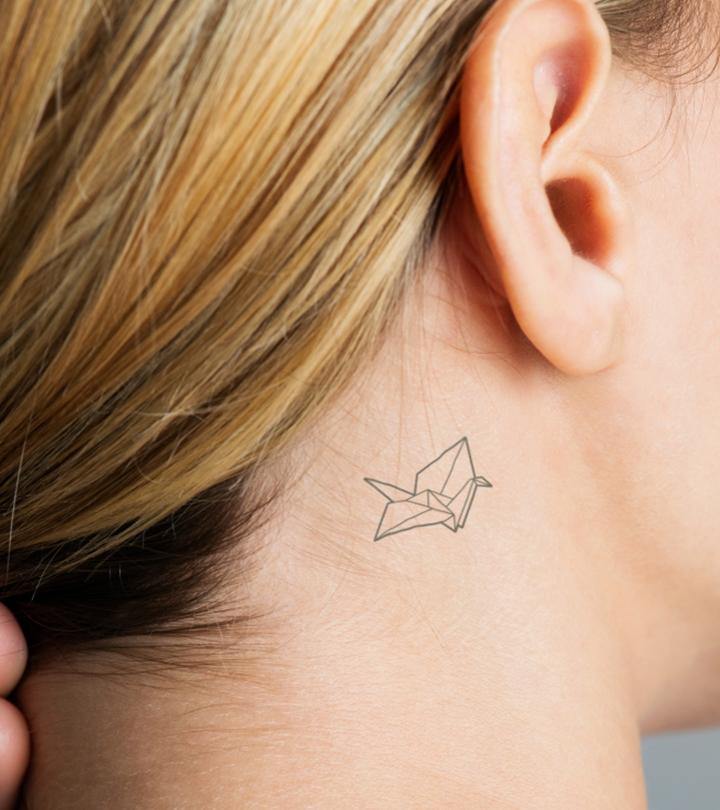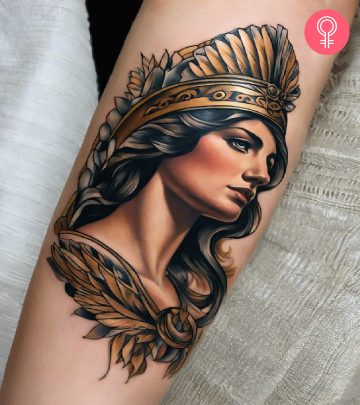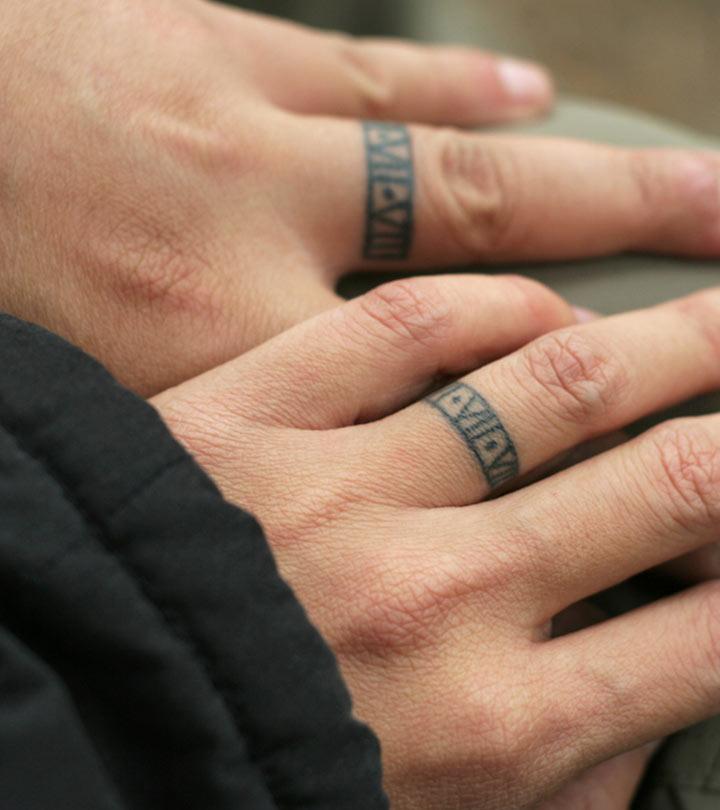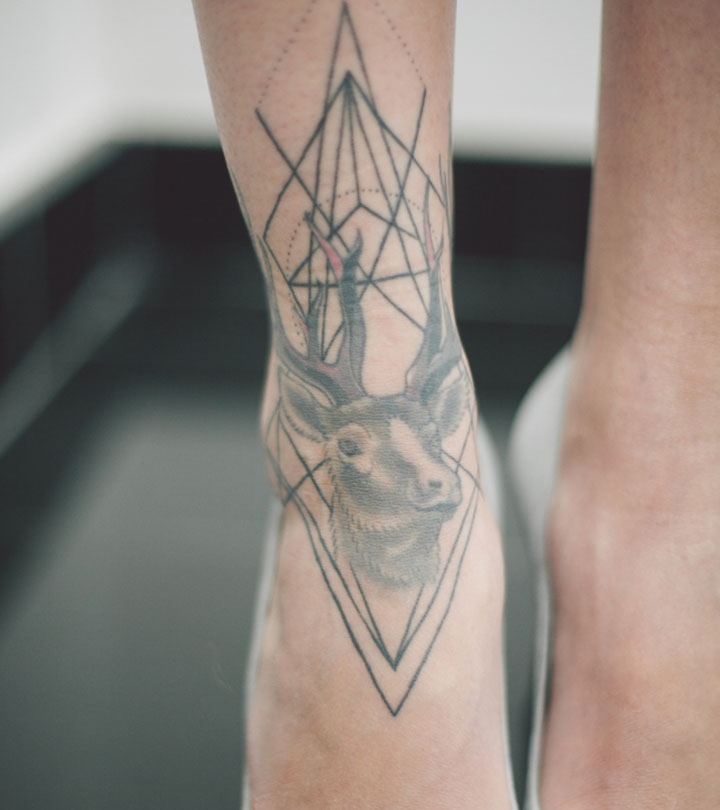Why Tattoos Remain In The Skin, And How Safe Are They

Image: Shutterstock
Tattoos have been a form of self-expression and art for centuries. The process of tattooing involves injecting ink beneath the skin’s surface to create permanent designs. But have you ever wondered why the ink remains on the skin and is immune to the body’s natural regeneration processes? In this article, we will delve into the world of tattoos, uncovering the science behind this art form and the safety precautions you must take during and after getting a tattoo. Read on to learn more about it!
In This Article
How Is A Tattoo Done?
A tattoo is created by injecting ink into the dermal layer of the skin to create a permanent design or image. The first step is designing the tattoo on paper. It can be done either by the client or with the assistance of a skilled tattoo artist. Once the design is finalized, the tattoo artist sterilizes their equipment and prepares the skin by cleaning it thoroughly.
Using a tattoo machine with a cluster of needles, the artist then punctures the skin’s surface, depositing ink into the dermis layer, which is deeper than the epidermis where our skin sheds. The needles move rapidly, allowing the ink to be distributed evenly and precisely, forming the desired image. During the process, it’s common for the skin to bleed and for the client to experience some discomfort.
Afterward, the tattoo is cleaned, and a protective ointment or bandage is applied to facilitate healing. Over the following weeks, after the tattoo settles and heals, the final, permanent artwork on the skin is revealed.
How Deep Does The Ink Get?
When you get a tattoo, the ink is deposited into the dermal layer of the skin, which is located beneath the epidermis, the outermost layer. The dermis is a deeper layer of skin that contains collagen fibers and blood vessels. Tattoo needles penetrate through the epidermis and into the dermis, where the ink is implanted. This depth is crucial for the permanence of the tattoo because the dermis is relatively stable and doesn’t shed like the epidermis. Over time, as the skin cells in the epidermis naturally renew and slough off, the ink in the dermis remains, giving the tattoo its long-lasting quality. The depth varies slightly depending on factors such as the tattoo artist’s technique, the type of tattoo machine used, and the specific area of the body being tattooed, but it typically ranges from about 1.5 to 2 millimeters beneath the skin’s surface.
Things That Can Go Wrong While Getting A Tattoo
Getting a tattoo is generally a safe and well-practiced procedure, but like any medical or cosmetic process, there are potential risks and complications. Infections can occur if the equipment, ink, or tattoo parlor isn’t properly sterilized. Allergic reactions to tattoo ink ingredients can cause skin irritations or even scarring. Poorly executed tattoos, with uneven lines or incorrect colors, can result in dissatisfaction.
Additionally, some people may experience excessive pain, bleeding, or swelling during or after the procedure. Pre-existing skin conditions, such as psoriasis or eczema, can also lead to complications. It’s crucial to choose a reputable tattoo artist and follow their aftercare instructions diligently to minimize these risks and ensure a successful and enjoyable tattooing experience.
What Is The Ink Made Of?
Tattoo ink is composed of a mixture of pigments and carrier fluids. The pigments are responsible for giving the ink its color and can be made from various sources, including minerals, metals, and organic compounds. These pigments are finely ground to create a powder-like consistency.
The carrier fluids serve as a vehicle to suspend the pigments and facilitate the tattooing process. Typically, carrier fluids are composed of water, alcohol, glycerin, or a combination of these substances. Some modern tattoo inks also incorporate additional ingredients to enhance color vibrancy and stability, as well as to prevent the growth of bacteria. It’s important to note that the specific composition of tattoo ink can vary among manufacturers and can include proprietary ingredients, making it essential for individuals with allergies or sensitivities to inquire about the ink’s ingredients before getting a tattoo.
Precautions To Take Before Getting A Tattoo Done
Before getting a tattoo, it’s essential to take several precautions to ensure a safe and satisfying experience. Firstly, thoroughly research and select a reputable and licensed tattoo artist or studio with a clean and sterile environment. Consult with the artist to discuss your design, placement, and any concerns you may have. It’s crucial to disclose any allergies, medical conditions, or medications you are taking to avoid potential complications. Additionally, make sure you are in good overall health, as getting a tattoo when you’re sick or immunocompromised can increase the risk of infection. Stay well-hydrated and get a good night’s sleep before your appointment to help with the healing process. Lastly, avoid alcohol and blood-thinning medications in the days leading up to your tattoo, as they can increase bleeding during the procedure. Taking these precautions will contribute to a safer and more enjoyable tattooing experience.
Tattoos hold a special place in cultures worldwide, symbolizing personal stories, beliefs, and artistic creativity. As long as they are approached thoughtfully, they will remain a cherished and enduring art form for generations to come. Happy inking!


